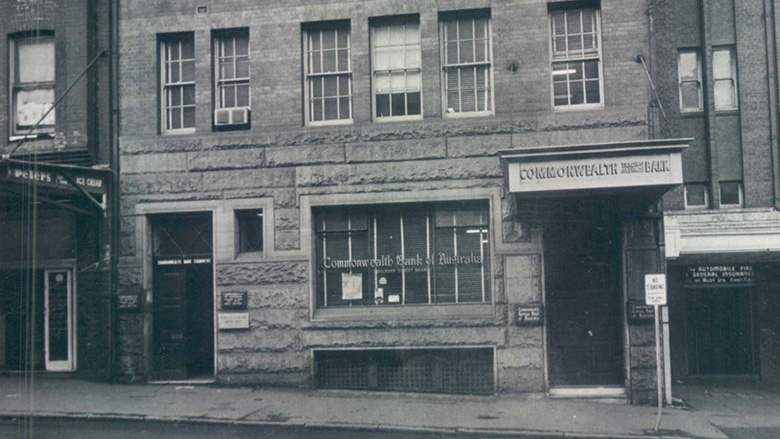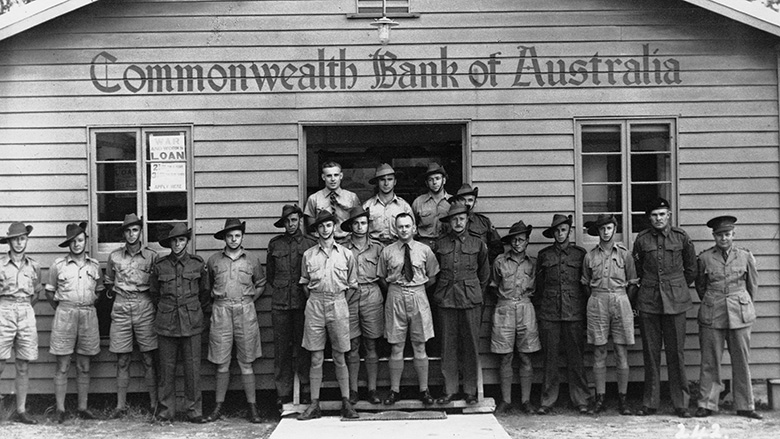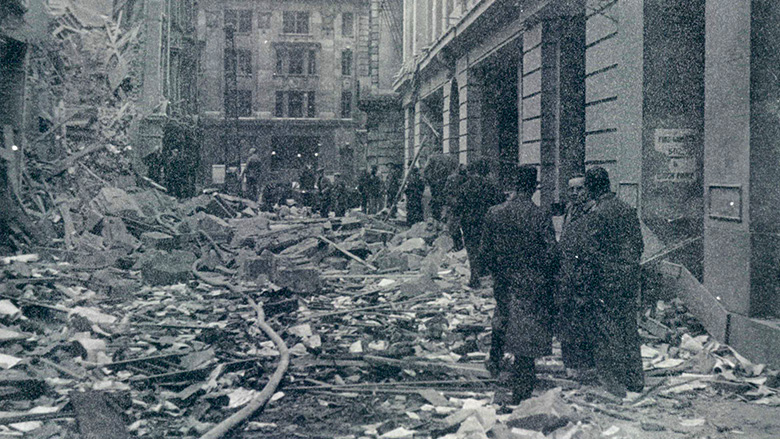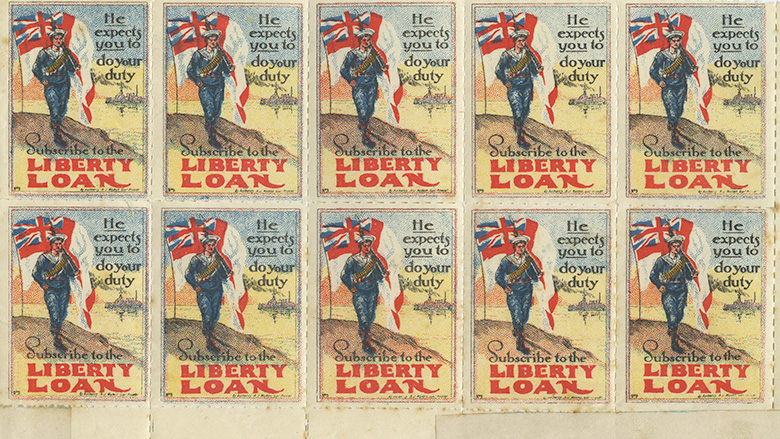The end of the conflict in Europe and the Pacific meant the thousands of Commonwealth Bank service people fighting abroad (and who had survived the war) would be able to return home.
Many of them hadn’t seen Australia for years, and the trip back couldn’t come soon enough.
Aside from the enormous logistical issues to repatriate them from war zones across the globe, there were still important duties to perform, in particular for the invading Allied armies that had now become occupation forces to impose the peace.
CBA’s internal staff magazine, Bank Notes, regularly published reports from staff who were yet to be demobbed. The combined issue of September and December 1945, published just before Christmas of that year, contained one such communique, a letter from a former staffer of Adelaide branch, serving as an Army captain in newly-occupied Japan.
Stationed in Yokohama with the American Eighth Army, the officer had also visited Tokyo. Describing the scenes he had witnessed, he wrote: “You wouldn’t credit the devastation that fire has wreaked in the twenty mile stretch between the two cities. The completest burn I’ve seen or hope to see.
“Either place qualifies for the term ‘Open City’, one through which you can see great distances. About 90 per cent of either places were wooden shacks and very few of them remain. The remainder are large modern stone buildings and apart from gaps here and there they stood out fairly well.”
The captain’s main duty in the country was the release and repatriation of Allied prisoners of war.
“It’s been wonderful to see the lads again,” he told Bank Notes. “The recovery has gone forward very smoothly and we have had over 20,000 through this centre, with about 1,000 Australians. The bulk of our lads were in southern Japan and go through another centre.
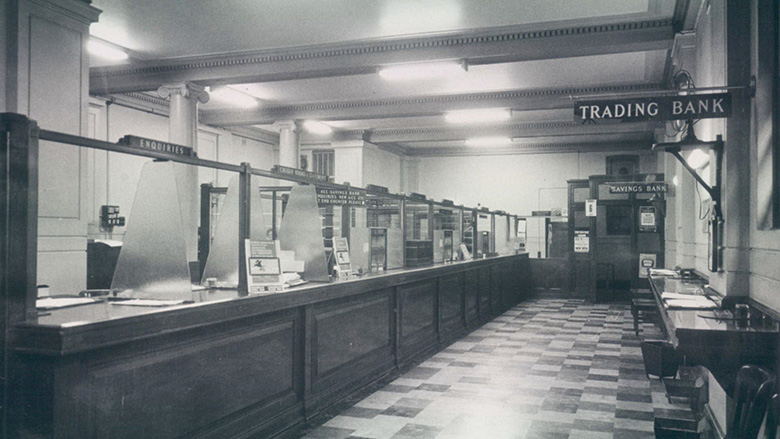
Inside the Goulburn Street CBA Branch (Reserve Bank of Australia Archives; PN-006854)
